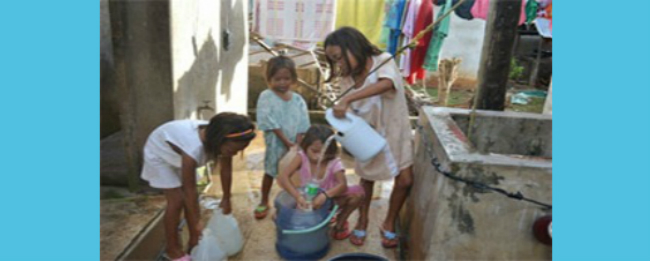By Anne Kane, Oxfam Scotland, Curriculum Adviser
On Friday 8th November Typhoon Haiyan struck the islands of the central Philippines. Haiyan was one of the strongest storms ever to be recorded over land with wind speeds up to 195 mph and waves 6 meters high crashing on the shore.
Typhoon Haiyan has affected over 13 million people and killed thousands. Over 4 million people are displaced and over 18,000 injured. Like most disasters, typhoon Haiyan has hit the poorest and most vulnerable people the hardest.
It can be hard for us in Scotland to process and respond to the information we are seeing. Young people can be concerned by what they see and hear in the press and on TV and want to learn more. Why do disasters happen? Can they be prevented? What can be done to help? Could it happen here? What are the positive ways in which those living with the threat of disaster prepare for and cope with the situations that they face? Could the scale of the disaster lead to a shift in political will to end global poverty?
Oxfam’s Education website provides resources for teachers to help young people look behind the headlines, and think critically about world events. Our new Philippines resource includes a PowerPoint presentation and an assembly plan. The Dealing with Disasters pack has classroom activities suitable for ages 11-14.
Clicking on the following links will take you to:
